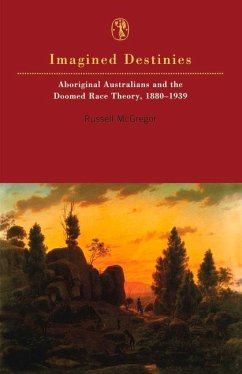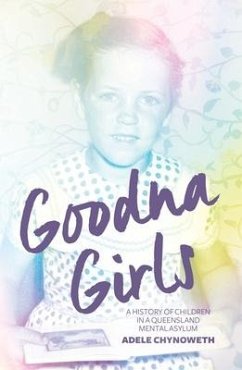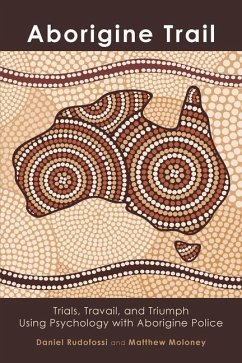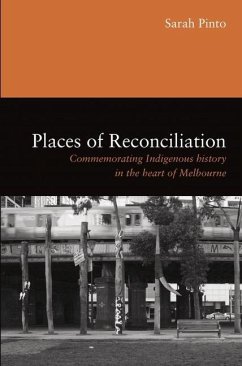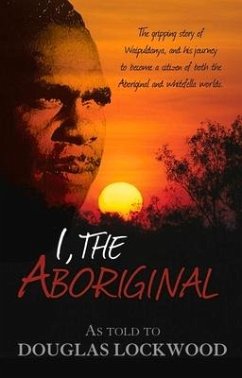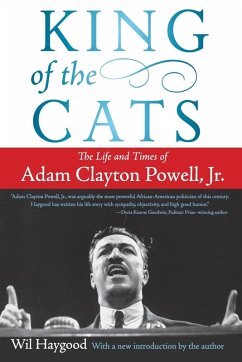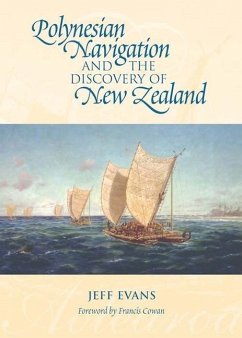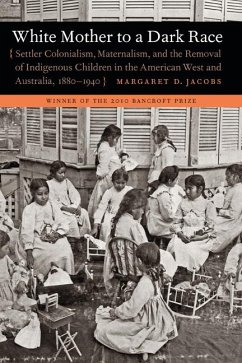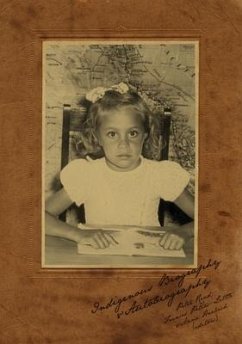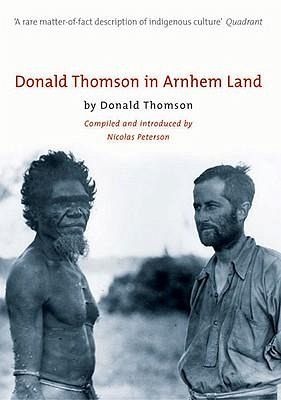
Donald Thomson In Arnhem Land

PAYBACK Punkte
13 °P sammeln!
In 1932, anthropologist Donald Thomson a superb and enthusiastic photographer, made the most comprehensive photographic record of any fully functioning, self-supporting Aboriginal society that we will ever have. 'I had lived and hunted with these people, accompanied them on their nomadic wanderings and learned their customs and their languages with the result that I understood and believed in them and resented the injustices under which they had suffered for so long at the hands of the white man and other invaders of their territory.' In 1932-33, Yolngu people living in the Caledon Bay area of...
In 1932, anthropologist Donald Thomson a superb and enthusiastic photographer, made the most comprehensive photographic record of any fully functioning, self-supporting Aboriginal society that we will ever have. 'I had lived and hunted with these people, accompanied them on their nomadic wanderings and learned their customs and their languages with the result that I understood and believed in them and resented the injustices under which they had suffered for so long at the hands of the white man and other invaders of their territory.' In 1932-33, Yolngu people living in the Caledon Bay area of north-east Arnhem Land were involved in the killing of five Japanese fishermen and three Europeans. A punitive expedition was proposed to 'teach the Aborigines a lesson'. In response, Donald Thomson, a Melbourne-born anthropologist, offered to investigate the causes of the conflict. After seven months of investigation he persuaded the Federal Government to free the three men convicted of the killings and returned with them to their own country, subsequently spending fifteen months documenting the culture of the region. Whilst in Arnhem Land, Thomson, a superb and enthusiastic photographer, made the most comprehensive photographic record of any fully functioning, self-supporting Aboriginal society that we will ever have. The one hundred and thirty images included in this book cover domestic life, subsistence, house types, material culture, and religious life, providing a uniquely privileged glimpse of life beyond the frontier. Thomson recorded his experiences in newspaper and academic articles, private papers and extended reports to the government. Nicolas Peterson brings this material together as a compelling, highly personal narrative in Thomson's own words. It is a narrative that names all the Aboriginal people involved, presenting them as individuals in a way no other writings of the time do. Through it all Thomson's passionate commitment to Aboriginal rights as defender, critic and advocate, shines through.




